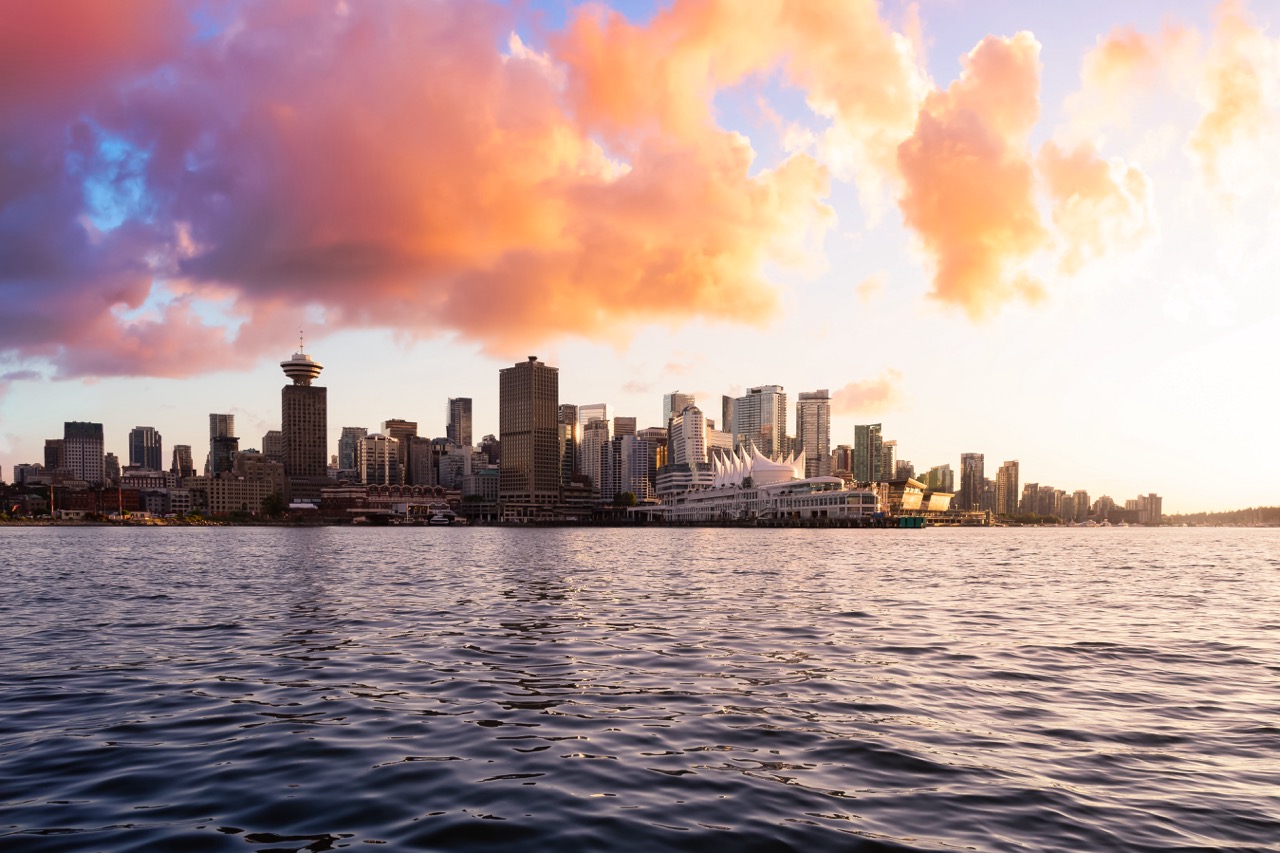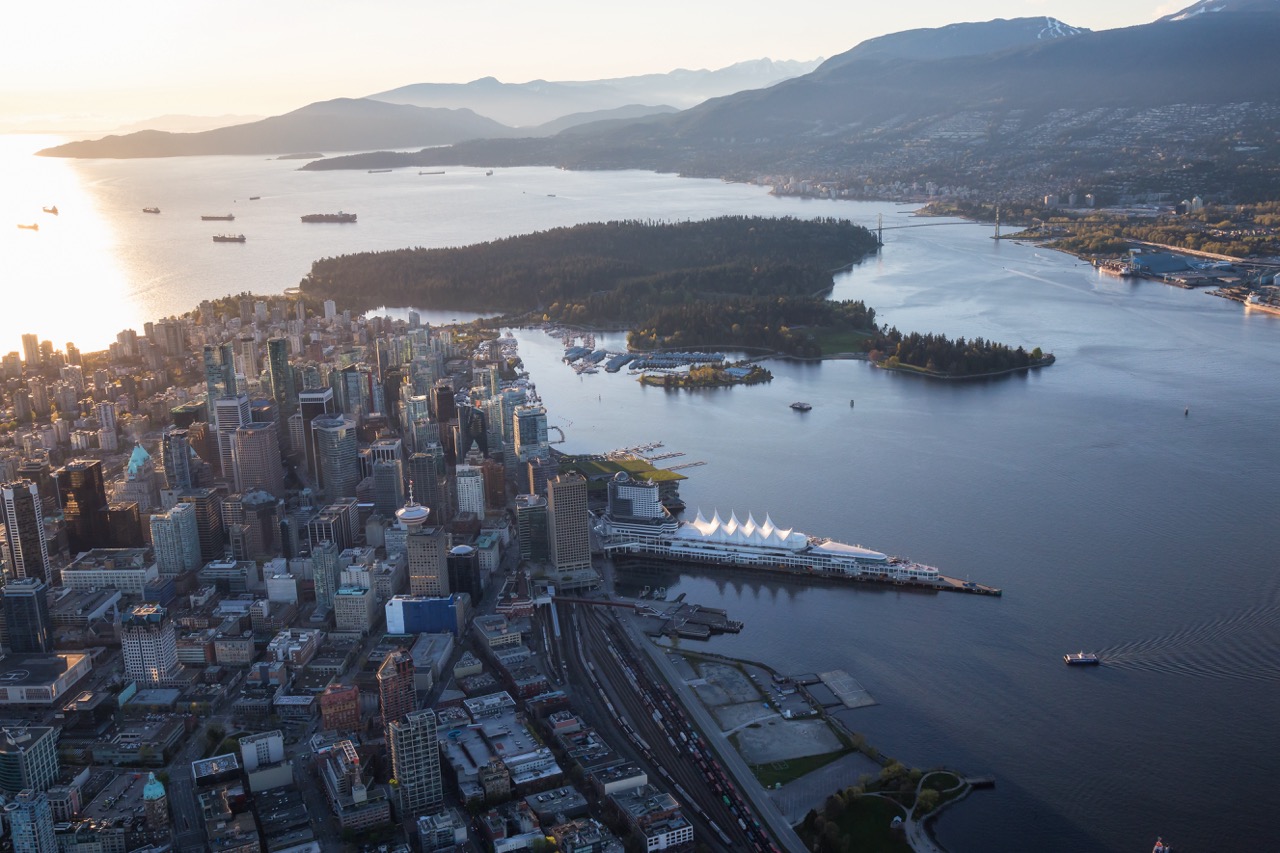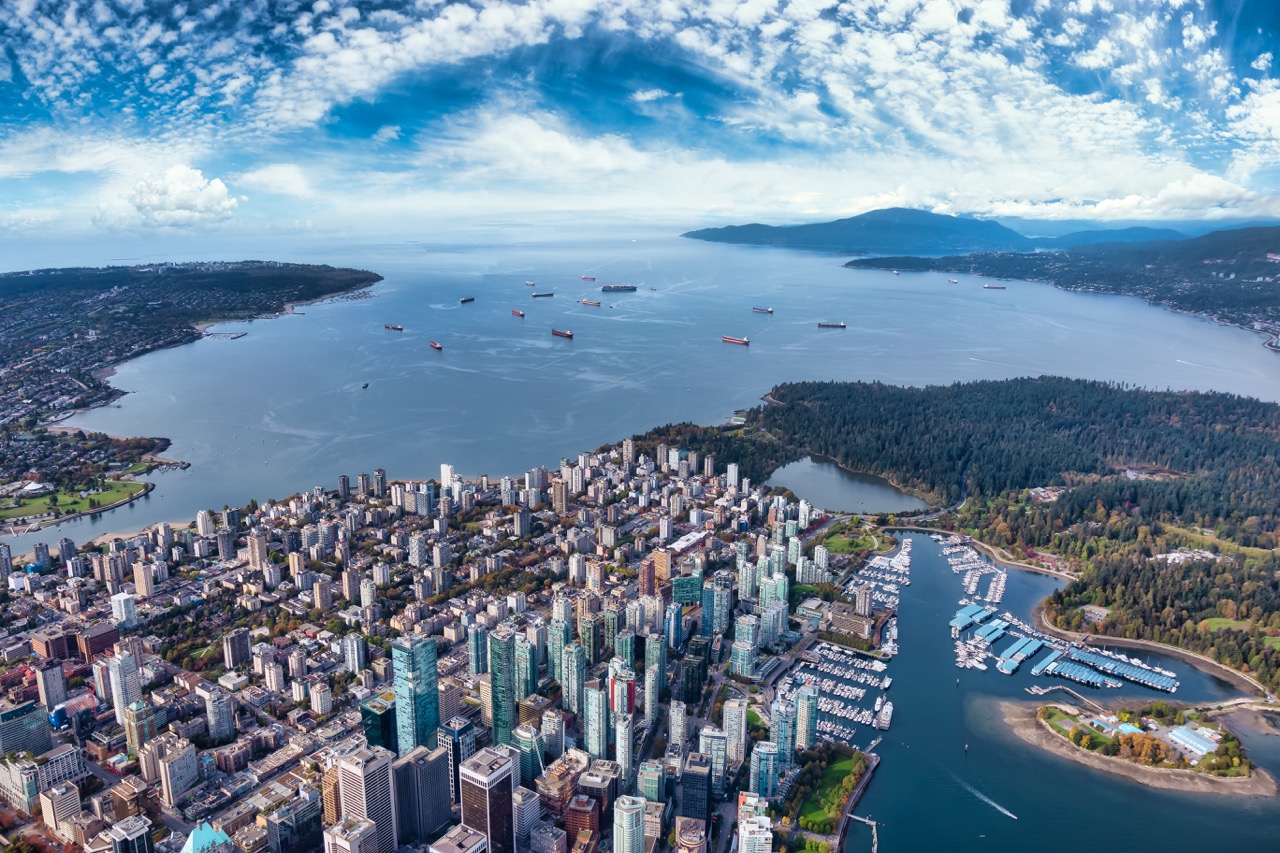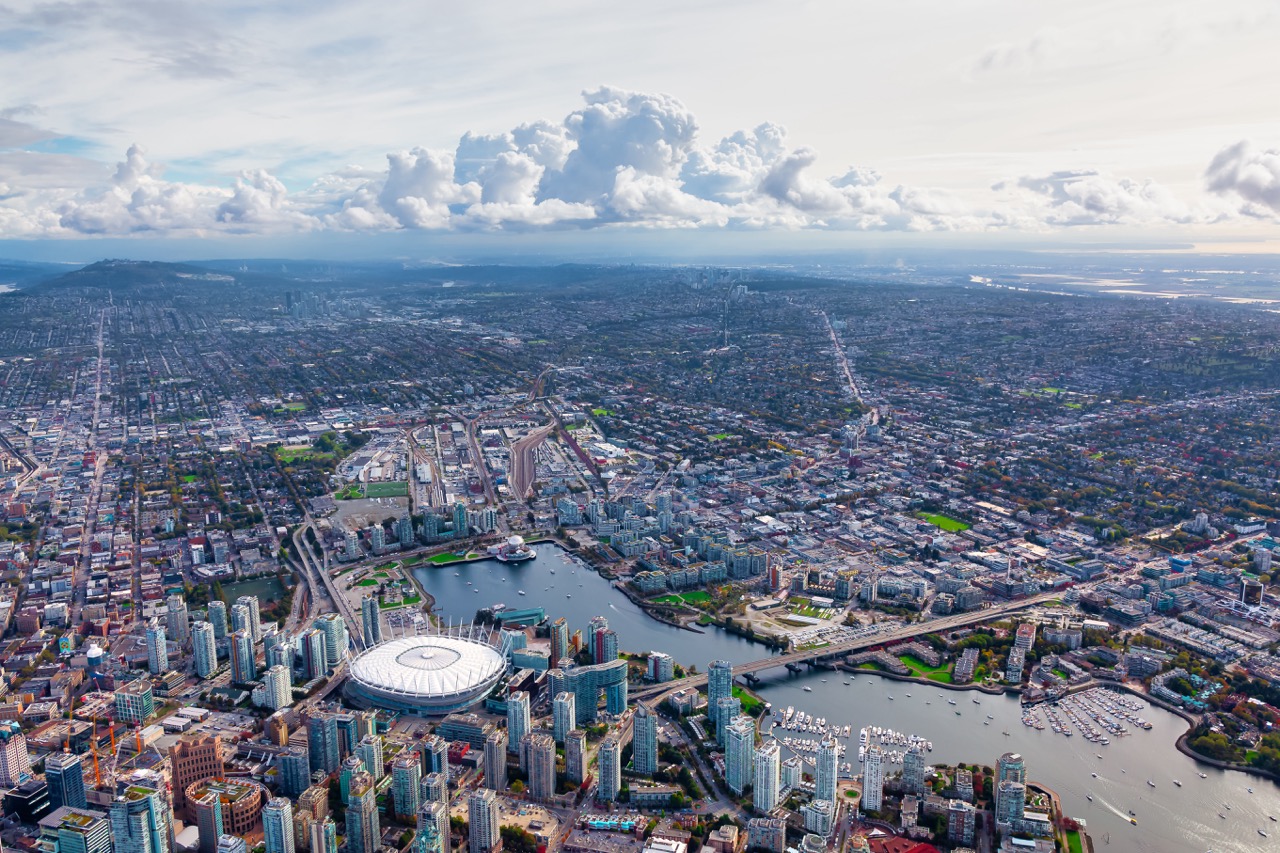BC Ferries is an essential part of the transportation network in British Columbia, connecting the mainland to various islands and coastal communities. As one of the largest ferry operators in the world, BC Ferries plays a crucial role in the daily lives of residents and visitors alike. Whether you’re planning a day trip, a vacation, or a commute, there are several factors to consider before boarding a ferry. This article provides an overview of the BC Ferries system, its key routes, ticketing options, onboard amenities, travel tips, and sustainability efforts, ensuring a well-rounded understanding for prospective passengers.
Understanding the BC Ferries System: A Comprehensive Overview
BC Ferries operates a fleet of over 35 vessels, providing service on 25 routes throughout coastal British Columbia. Established in 1960, the system has evolved into a vital link between the mainland and numerous islands, including Vancouver Island, the Gulf Islands, and Haida Gwaii. The ferries vary in size and capacity, accommodating vehicles, passengers, and even larger cargo. Understanding the operational aspects of BC Ferries is essential for planning your journey effectively.
The company is publicly owned and operates as a Crown corporation, which means its primary goal is to provide reliable transportation rather than generate profit. This structure allows BC Ferries to maintain affordable prices while continually investing in the safety and efficiency of its fleet. As you plan your trip, it’s important to familiarize yourself with the different ferry routes, their schedules, and potential delays that can arise from weather conditions or maintenance issues.
Additionally, BC Ferries has implemented various technological advancements to streamline operations, including online booking systems and real-time tracking of ferry locations. These changes aim to enhance the customer experience and ensure that travelers receive timely information about their journey. Understanding how to navigate these innovations can significantly ease the process of planning your ferry trip.
Key Routes and Destinations: Where BC Ferries Can Take You
BC Ferries connects numerous popular destinations, making it a key player in the tourism industry. One of the most well-known routes is the service between Tsawwassen on the mainland and Swartz Bay on Vancouver Island. This route not only transports thousands of commuters but also serves as a gateway for tourists eager to explore Victoria, the vibrant capital of British Columbia. Other notable routes include the service to the Gulf Islands, which offers access to charming towns and stunning natural landscapes.
In addition to connecting major urban centers, BC Ferries provides access to remote communities that may not have other transportation options. For instance, the ferry service to Haida Gwaii allows visitors to immerse themselves in Indigenous culture and history. The company also operates routes that cater to recreational travelers, including those looking to explore the breathtaking scenery of the Inside Passage.
It’s advisable to plan your itinerary in advance, especially during peak travel seasons when routes can be crowded. Familiarizing yourself with the various destinations served by BC Ferries will help you make the most of your trip and ensure that you don’t miss out on key experiences.
Ticketing Options and Pricing: What to Expect on Your Trip
When planning your ferry ride, understanding ticketing options and pricing is crucial. BC Ferries offers several ways to purchase tickets, including online, at ticket kiosks, and at the terminal. Online bookings are highly recommended as they allow you to secure your spot in advance, especially during busy travel periods. Pricing varies based on factors such as the route, the type of vehicle (if applicable), and the number of passengers traveling.
In addition to standard fares, BC Ferries provides several discounts and promotions for seniors, children, and frequent travelers. For those who plan to travel multiple times, considering a Coastal Card can be beneficial, as it offers reduced fares for frequent trips. Keep in mind that prices can fluctuate, particularly during holidays and summer months, so it’s advisable to check for the latest fare information before planning your budget.
Understanding the cancellation and refund policies is also essential when purchasing tickets. BC Ferries typically allows changes to reservations, but fees may apply, and it’s important to review the terms associated with your ticket type. Being well-informed about these aspects will help you avoid potential pitfalls during your travel planning.
Onboard Amenities: Comfort and Convenience for Passengers
BC Ferries strives to provide a comfortable travel experience with a range of onboard amenities. Passengers can enjoy spacious seating areas, dining options, and even outdoor decks for those who want to soak in the stunning coastal views. Most ferries are equipped with amenities such as restrooms, gift shops, and information kiosks, ensuring that essential needs are met during the journey.
For travelers with vehicles, BC Ferries allows you to remain in your car during the short crossings, although there is also the option to explore the ship. On longer routes, additional services such as lounges and cafes become available, enhancing the overall travel experience. Families will appreciate the play areas designed for children, offering a welcome distraction during the trip.
- Wi-Fi connectivity is another feature found on many vessels, allowing passengers to stay connected during their journey. However, it’s worth noting that coverage can be sporadic, so it’s best to download important information or entertainment beforehand. With these various amenities, BC Ferries aims to create an enjoyable atmosphere for all passengers.
Tips for a Smooth Journey: Preparing for Your Ferry Ride
To ensure a seamless journey with BC Ferries, preparation is key. First, it’s vital to arrive at the terminal early, especially during peak travel times. BC Ferries recommends checking in at least 30 minutes before departure for foot passengers and at least 60 minutes for vehicle passengers. Arriving early allows you to navigate potential traffic and secure your spot, particularly during busy holiday seasons.
If traveling with a vehicle, it’s beneficial to know the size and type of your vehicle, as this will affect your ticket price and boarding procedures. Additionally, ensure that your vehicle is in good condition for travel, as ferry crossings can be challenging for some vehicles. Familiarizing yourself with the boarding process will help alleviate any confusion on the day of your journey.
Lastly, staying informed about weather conditions and potential cancellations is crucial for a smooth trip. Monitoring the BC Ferries website or their social media channels will provide real-time updates on service interruptions or delays. Planning ahead and staying flexible with your travel plans can significantly enhance your ferry experience.
Environmental Impact: Sustainability Efforts by BC Ferries
BC Ferries recognizes the importance of sustainability and has implemented various initiatives to minimize its environmental footprint. One of the most significant efforts involves the transition to cleaner energy sources, such as liquefied natural gas (LNG) and hybrid-electric propulsion systems. These advancements aim to reduce greenhouse gas emissions and improve overall fuel efficiency, aligning with British Columbia’s environmental goals.
The company has also committed to sustainability practices in its operations, including waste reduction, recycling programs, and the preservation of marine ecosystems. BC Ferries actively engages in environmental stewardship by participating in initiatives such as beach cleanups and partnerships with local conservation organizations. By promoting responsible tourism and environmental awareness, BC Ferries seeks to protect the natural beauty of British Columbia for future generations.
Passengers can also play a role in supporting these sustainability efforts. Simple actions, such as reducing waste by using reusable containers and minimizing single-use plastics onboard, can contribute to a more eco-friendly experience. By choosing BC Ferries, travelers not only enjoy a scenic journey but also support a company actively committed to environmental sustainability.
Traveling with BC Ferries offers a unique opportunity to explore the stunning coastal landscapes of British Columbia while benefiting from a well-established transportation system. Understanding the various aspects of the BC Ferries experience, from routes and ticketing to onboard amenities and sustainability efforts, is essential for a successful trip. With proper preparation and awareness, passengers can enjoy a smooth and enjoyable ferry ride, making the most of their journey through this beautiful region.





